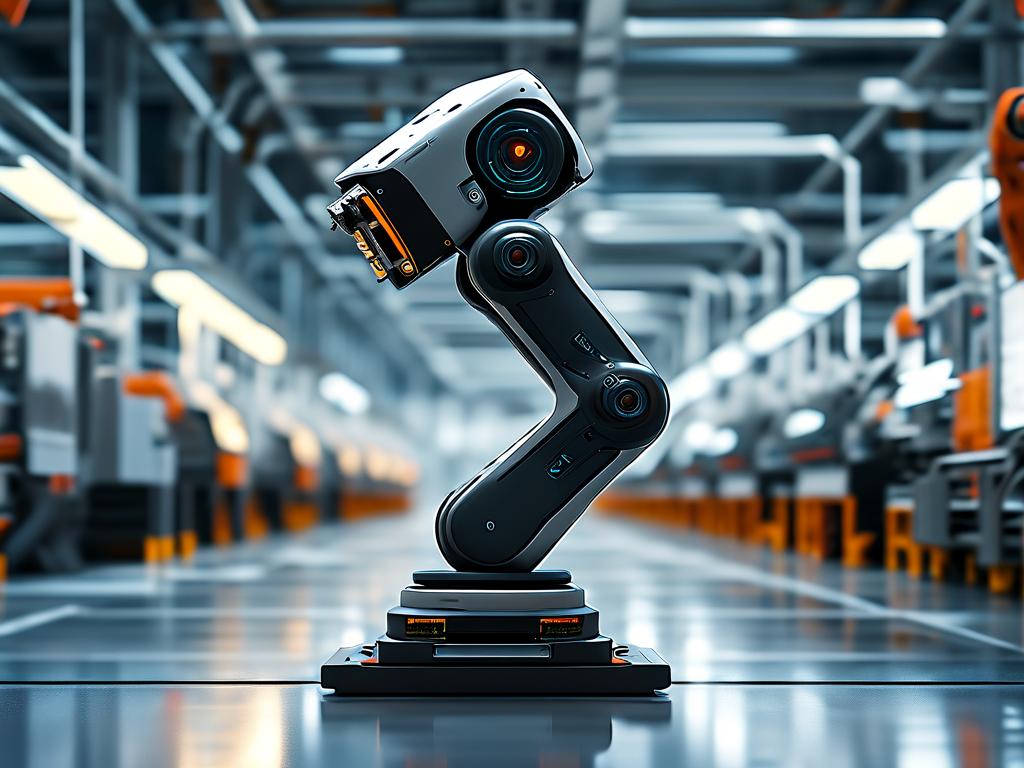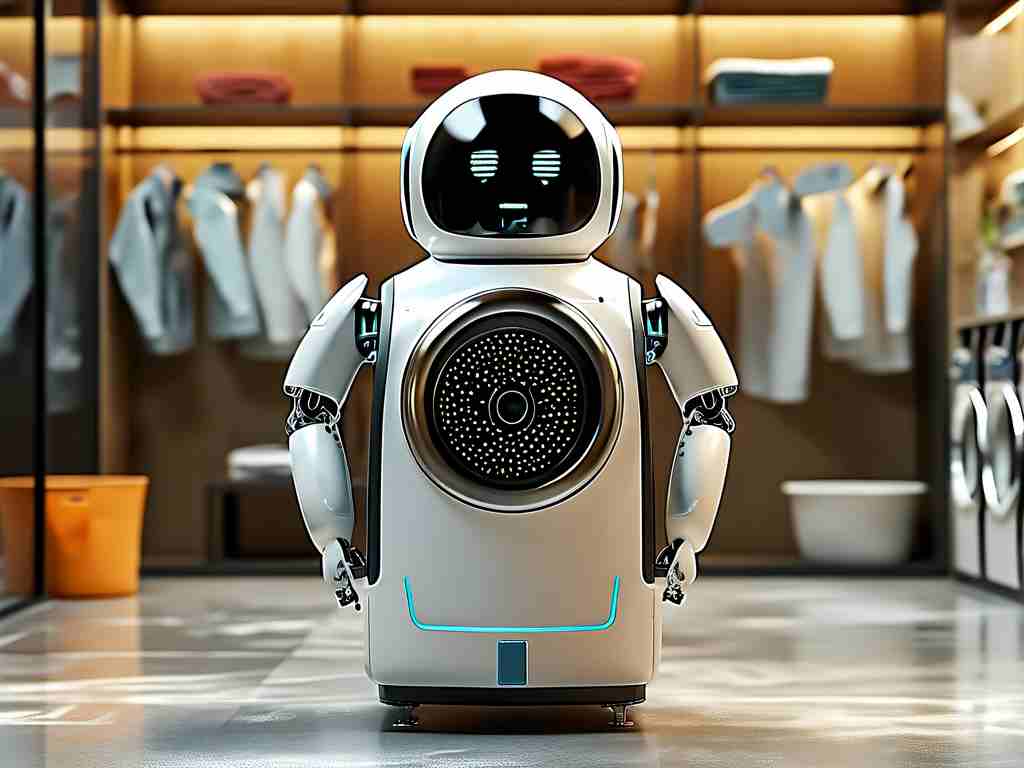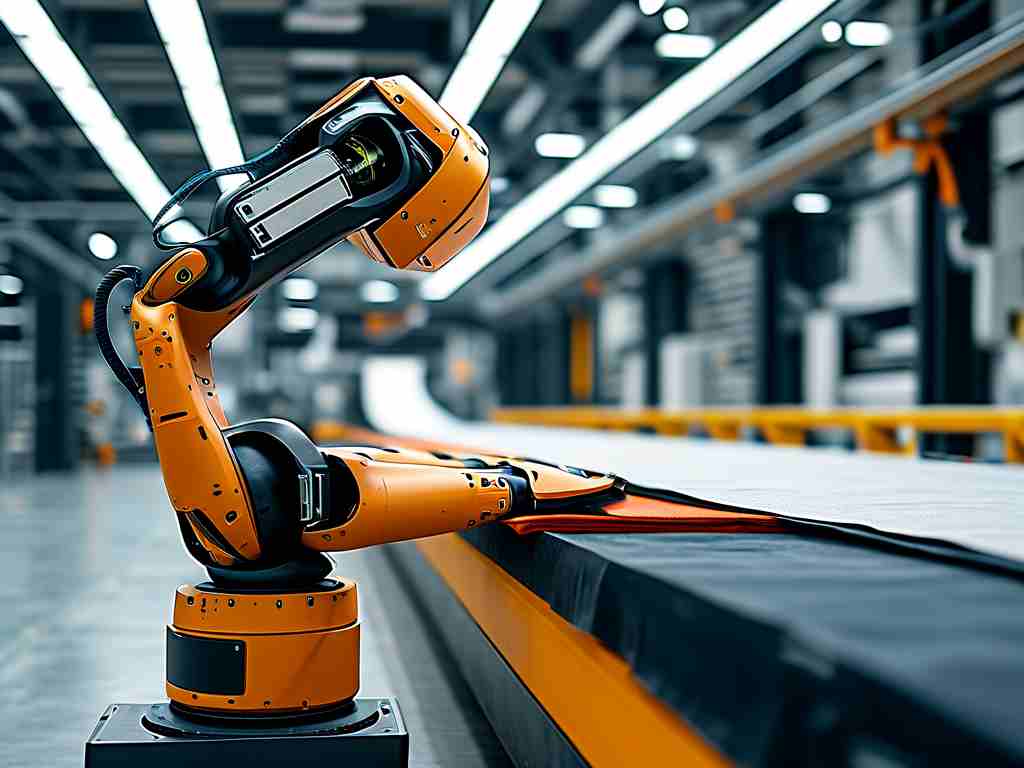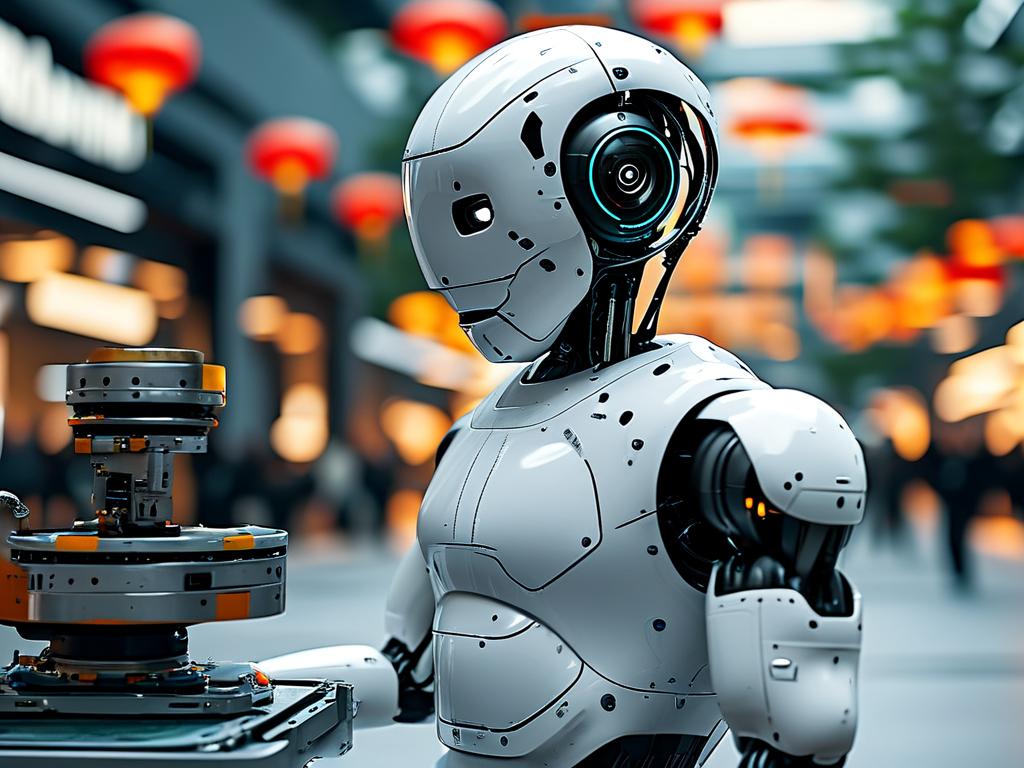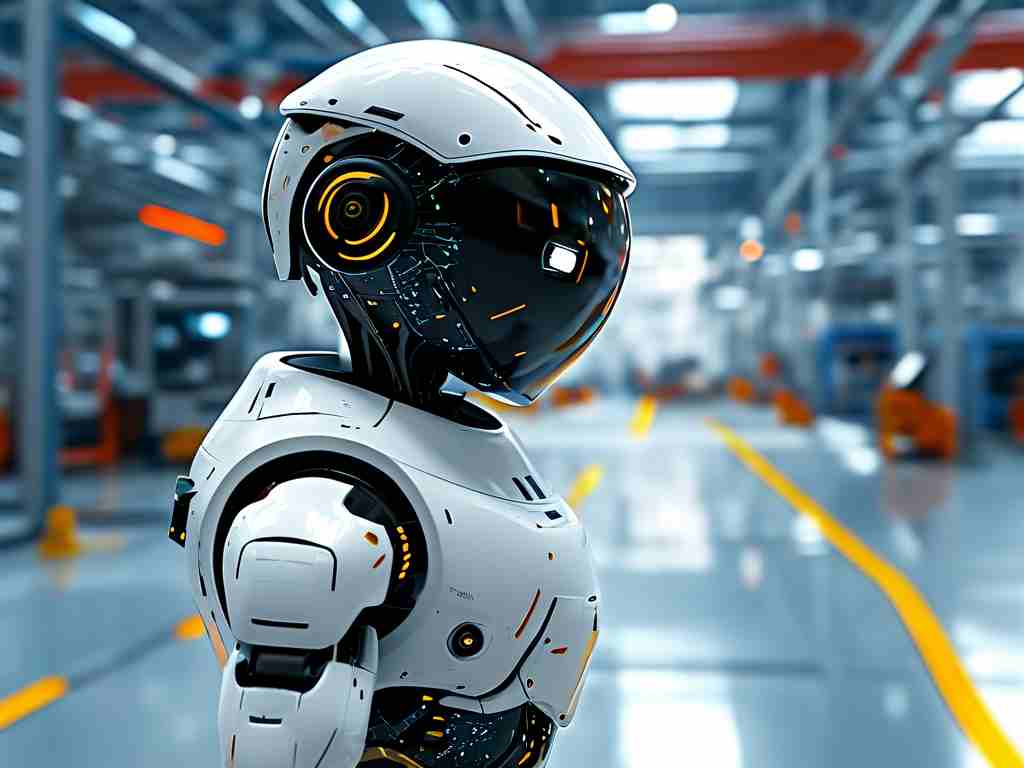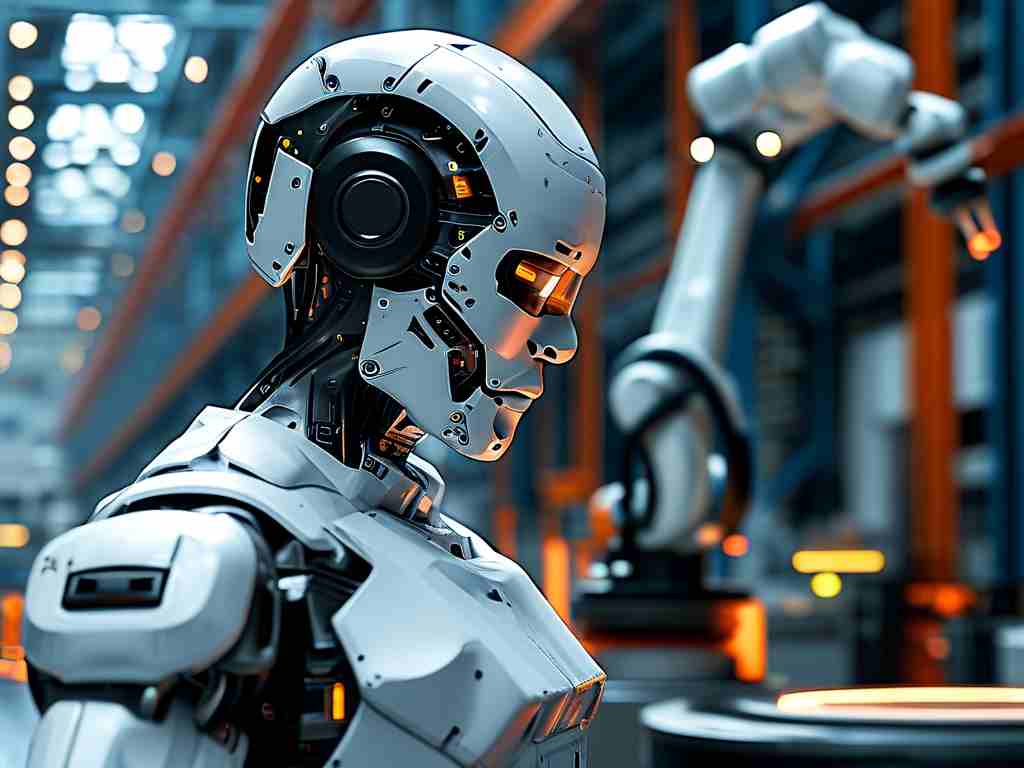The realm of robotics has witnessed transformative strides with the advent of autonomous walking technology, enabling machines to navigate environments independently without human intervention. This innovation hinges on sophisticated systems that combine sensors, artificial intelligence, and mechanical design to achieve seamless mobility. At its core, autonomous walking involves robots perceiving their surroundings through devices like LiDAR and cameras, processing this data via algorithms such as SLAM for real-time mapping, and executing movements with precision. Such capabilities are revolutionizing industries; for instance, in manufacturing, robots traverse factory floors to transport materials, boosting efficiency and reducing labor costs. Similarly, in disaster response scenarios, these machines maneuver through rubble to locate survivors, demonstrating life-saving potential.
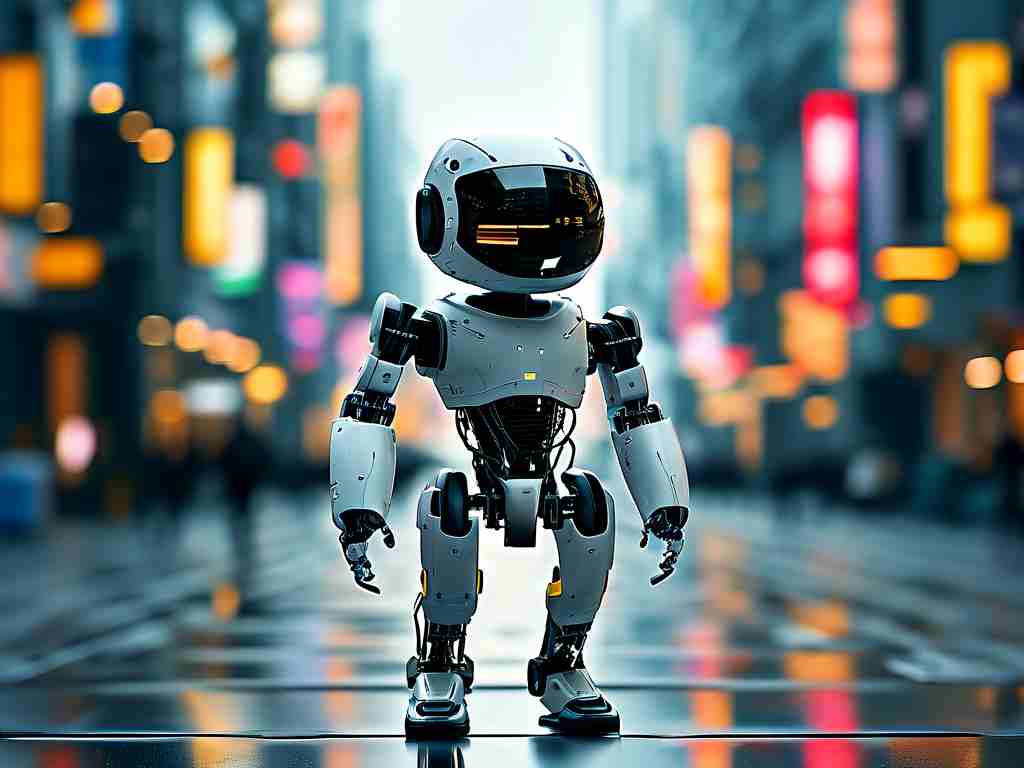
The technological backbone of autonomous walking includes multiple layers of innovation. Sensor fusion plays a pivotal role, where inputs from infrared detectors, ultrasonic sensors, and inertial measurement units are integrated to create a comprehensive environmental model. Advanced AI algorithms then analyze this data, allowing robots to make split-second decisions—like avoiding obstacles or adjusting gait on uneven terrain. Machine learning models train these systems through simulations and real-world trials, enhancing adaptability over time. For example, Boston Dynamics' Spot robot exemplifies this with its dynamic balancing, capable of climbing stairs and recovering from slips. However, challenges persist, such as energy consumption constraints and vulnerabilities in unpredictable settings like dense forests or crowded urban areas, where sensor interference can lead to errors.
Applications extend beyond industrial and rescue domains into everyday life. Service robots in hospitals autonomously deliver supplies, navigating corridors while interacting safely with patients. In agriculture, walking robots monitor crops, collecting data on soil health and pest infestations without damaging fields. Military deployments see robots scouting hostile territories, reducing human risk. Despite these advances, ethical and safety concerns arise, including the need for fail-safe mechanisms to prevent accidents and debates over job displacement. Future trends point toward miniaturization and swarm intelligence, where multiple robots collaborate for complex tasks, alongside integration with 5G networks for faster data transmission. As research accelerates, autonomous walking technology promises a future where robots become ubiquitous partners in human endeavors, driving progress in sustainability and innovation. Ultimately, this field underscores the synergy between engineering ingenuity and AI evolution, paving the way for smarter, more resilient robotic systems.


